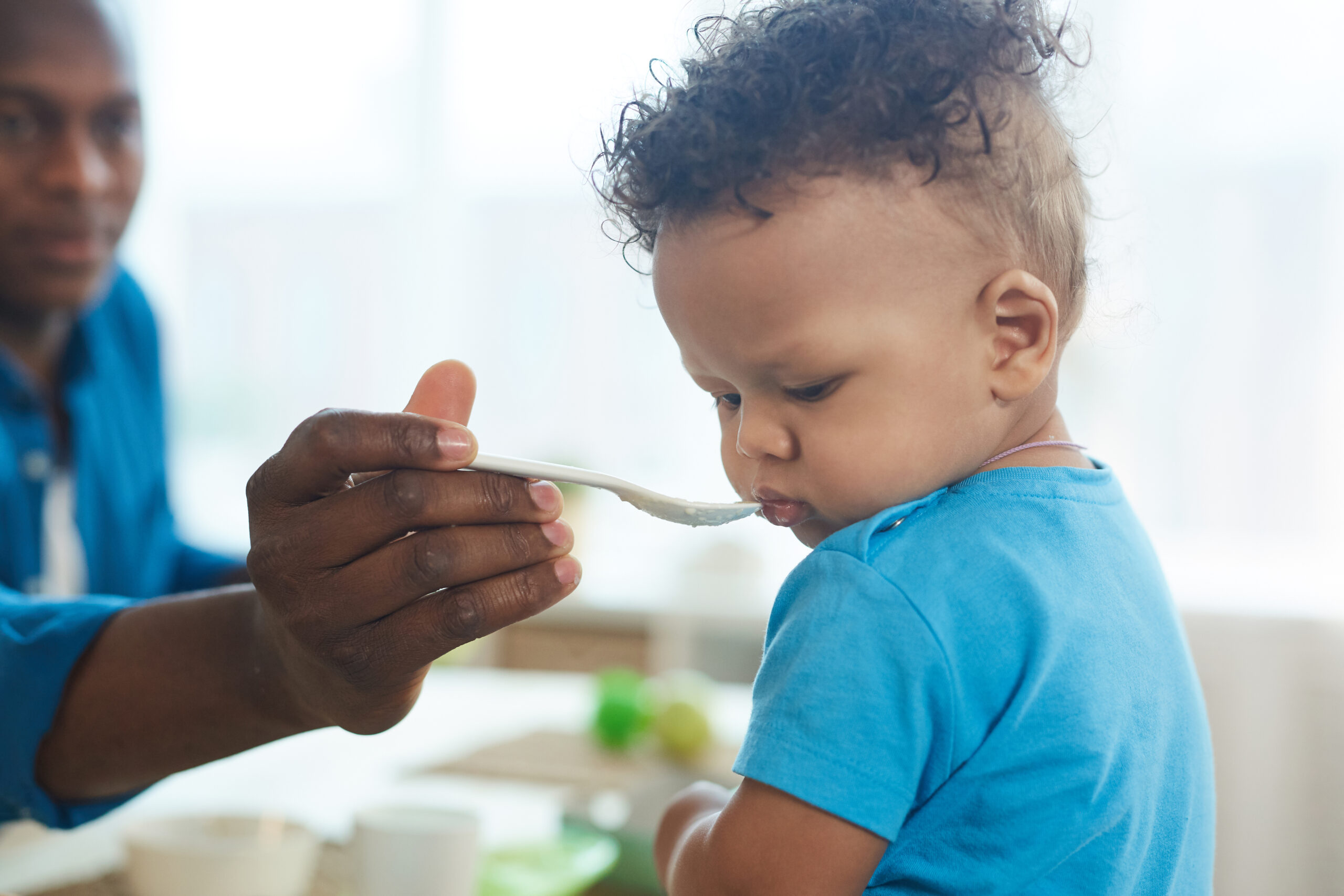
Developing a positive body image and a healthy relationship with food: Give your kids a head start!
Read the article 29 June 2021


Babies perceive food differently from adults. They have more taste buds and they’re more sensitive, so the same foods will taste stronger to them.
Some kids have a more intense experience with certain flavours, especially bitter tastes. These highly sensitive individuals are known as supertasters. It might take a while for these children to learn to like a new food. On the other end of the spectrum, nontasters are less sensitive to taste and more ready to accept new foods. Every child is unique.
Between the ages of 2 and 10, children can develop food neophobia—a fear of new tastes. This is a completely normal developmental phase affecting three out of four children. But don’t worry, this will dissipate over time. While you may want to tear your hair out sometimes, the best thing to do with a picky eater is to stay patient and positive. Remember that it can take 20 exposures to a new food before a child takes to it. Patience is a virtue!
Around age 2 (a common time for food neophobia!), a toddler’s growth rate slows down. They might be less hungry at mealtimes and play with their food. But don’t worry. They’re not being fickle. Kids know when they’re hungry and they’ll eat what they need.
A solution to help kids develop their palates and eat their fill is to divide responsibilities. This also helps parents relax at mealtimes. With this scientifically proven approach, you can give your child structure and respect their needs. It can help you prevent and overcome pickiness.
In short, the division of responsibility is when the parents take care of the menu, the timing and location of the meal. The children decide how much they want to eat.
Parent: what, when, where, how
Child: how much
It might seem counter-intuitive and nerve-wracking when you see that your kid has only taken three bites. But this approach will give your child confidence in their ability to listen to their body and it shows them that they can discover new foods at their own pace. Resist the urge to offer something else if your child refuses to eat. They’ll find one or two things on the table to eat. If they’re still hungry after dinner, they’ll know to put more on their plate next time.
Yes! If you planned on serving dessert (you don’t have to), you can offer a portion regardless of how much of their meal they ate. That said, offer only one serving of dessert to keep them from filling up on it—and the same goes for the whole family. Dessert shouldn’t be a bargaining chip or a reward. Plus, dessert can be healthy (like homemade muffins, fruit, yogurt or fruit crumble), so why skip it? This approach helps build a healthy relationship with food, which is important for our well-being!
Written in collaboration with Gabrielle Proulx, nutritional intern.